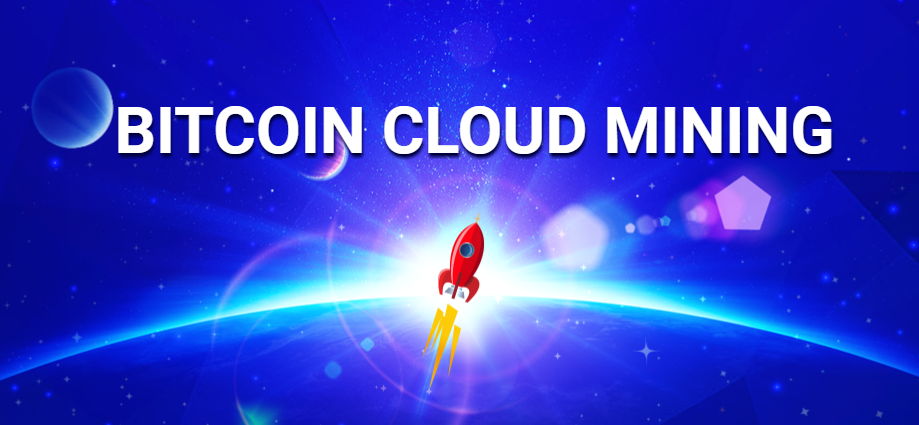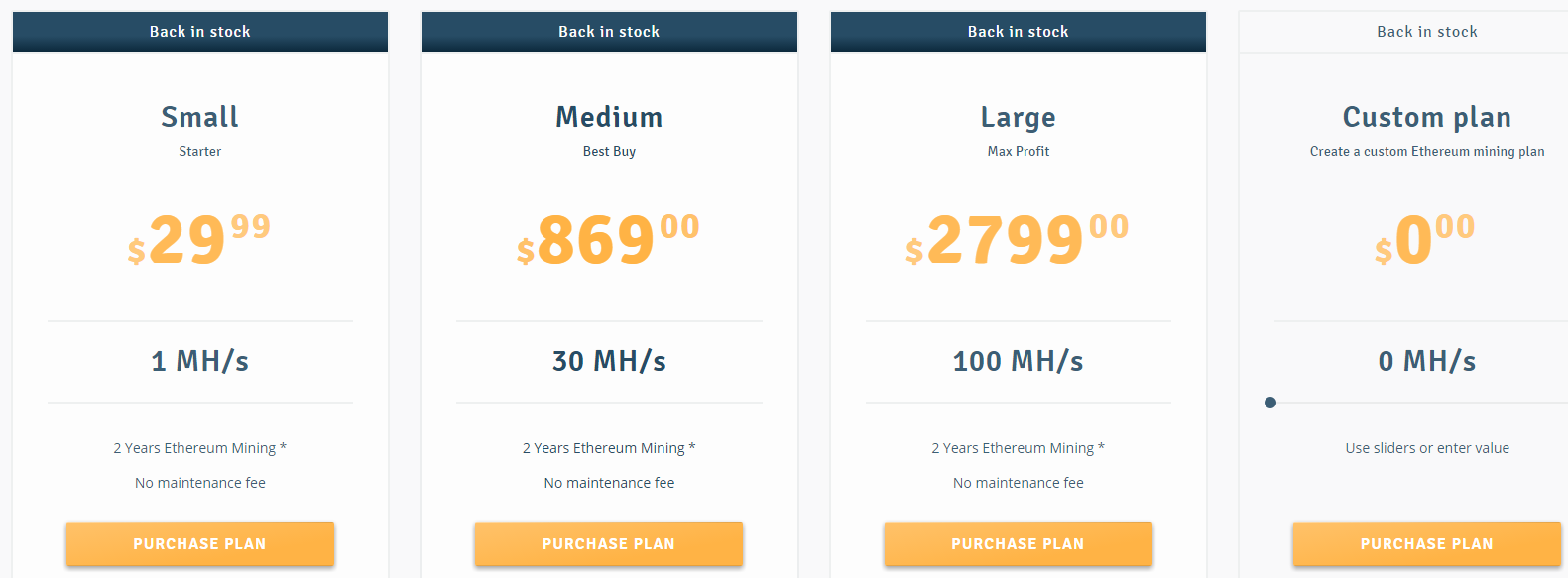Hi there,
Welcome to Bitcoin Mining.
Yesterday, you learned that there are over 100,000 merchants out there who accept bitcoin as payment and how to find them. You learned how to sign up for a bitcoin debit card to use bitcoin as payment in just about any store that accepts regular credit cards. You also learned about best practices and how to avoid fraud when spending your bitcoin.
Today, you will learn that mining is the process of adding and confirming transaction records to the blockchain. This process is also how new bitcoins are created. You will learn that mining is a resource-intensive process. Aditionally, nowadays mostly done by specialized mining computers in large data centers.
Transactions on the Blockchain
Today’s lesson is all about the blockchain, mining, and how new Bitcoins are generated. Remember the previous lesson where you learned how the blockchain is the public ledger that records bitcoin transactions? Here’s a quick recap:
The blockchain operates without a central authority but instead by a network of communicating computers running bitcoin software. Bitcoin transactions are sent to this network using readily available software applications. Network computers or nodes validate the transactions, add them to their copy of the ledger, and broadcast these ledger additions to other computers.
The blockchain is a distributed and decentralized database. To achieve independent verification of the chain of ownership of any and every bitcoin amount, each network computer stores its own copy of the blockchain. A transaction typically references previous transaction outputs as new transaction inputs and dedicates all input bitcoin values to new outputs.
There is no file with bitcoins in it. Instead, there are records of transactions between different bitcoin addresses, with balances that increase and decrease. Transactions are not encrypted, so it is possible to browse and view every transaction ever added onto the blockchain.
Mining is the process of adding transaction records to the blockchain. Bitcoin computers or nodes use the blockchain to distinguish legitimate bitcoin transactions from attempts to re-spend coins that have already been spent elsewhere.

Bitcoin Mining
Mining is intentionally designed to be resource-intensive and difficult so that the number of blocks found each day by miners remains steady. Individual blocks must contain a proof of work to be considered valid. This proof of work is verified by other Bitcoin nodes each time they receive a block. The primary purpose of mining is to allow Bitcoin computers or nodes to reach a secure, tamper-resistant consensus.
Mining is also the mechanism used to introduce new bitcoins into the system: a successful miner finding a new block is rewarded with newly created bitcoins and transaction fees. Currently, the reward amounts to 12.5 newly created bitcoins per block added to the blockchain. To claim the reward, a special transaction called a coinbase is included in the block with the processed payments. All bitcoins in existence have been created via coinbase transactions. The reason for this setup is to motivate people to provide security for the system. Miners need to spend energy to find those cryptographic solutions to new blocks of transactions.

Can I Make Money Mining Bitcoin?
In the beginning, anyone could make money mining bitcoins using a common desktop computer or laptop, but those days are long gone. The total computing power of the network has risen exponentially since the introduction of machines designed specifically to solve Bitcoin’s mining proof-of-work algorithm and nothing else.
Individual miners can still make some money by producing or purchasing their own designated equipment – however, most mining takes place in large factory-like environments with hundreds or thousands of machines, in places where energy and cooling is cheap (such as in China and above the Arctic Circle).
Once your machine is superseded by a newer model, usually a few months after purchase, its ability to compete on the network (and thus its earning potential) is greatly diminished, along with its resale value. Though the average user has little incentive to mine these days, mining allows you to learn a lot about how the Bitcoin network works, and the network needs individual miners to keep it secure and decentralized. In fact, many individuals mine bitcoin solely for the sake of contributing back to the network or just for the fun of it.

Another way to mine bitcoin is to rent out other miners hashing power. This is called cloud mining. This means any individual can mine anywhere without needing the same hardware or resources of the miner, although it does come at a cost. Furthermore, any mining pools or miners that decide to do cloud mining may not receive as many returns from the mining process. Also, beware, because there are a lot of cloud mining scams.
If you want to start cloud mining right now, you could try the Bitcoin.com cloud mining service. Here you can sign up and start your mining business through us. It is an amazing way to get a feel for competing for cryptographically secured rewards. Give it a shot.
This ends today’s lesson. Now you know that mining is the process of adding and confirming transaction records to the blockchain, and that the chain is a network of computers around the world competing to find blocks in order to be rewarded. This process is how new bitcoins are created. You also know that mining is an increasingly resource-intensive process and is mostly done by designated mining machines in large data centers. Still, it needs its individual miners to keep it secure and decentralized.
Tomorrow, we will talk more about exchanges and exchange rates, best practices and what to look out for.
See you!